Guide to Giraffe Species: How Many Types of Giraffes Are There?
How many types of giraffes are there? In this post, you’ll learn about the current giraffe species / subspecies classification. We have lists, charts, and guides for the different giraffe types (species and subspecies).
Giraffe Species Guide
What are the different types of giraffes? According to science, there are 4 giraffe species and 5 subspecies.
But it shouldn’t be surprising that taxonomists disagree about how to classify the different types of giraffes.
One group (IUCN) says there is just one species and numerous subspecies. Another (GCF) says there are actually four species and five subspecies. Still others list 3 and 8 species of giraffes, with varying numbers of subspecies. See more on these below.
Of course, the actual giraffes aren’t changing. These are just different classification methods to classify these different types of giraffes.
In this post, we’ll break this all down to make it as clear as possible.
So while there are at least four ways to classify giraffes, we’ll go into depth on just two. The original (outdated) taxonomy and the current classification.
First, lets begin with the current, accurate method of classification.
Four Giraffe Species: Giraffe Conservation Foundation (Current)
In a study published in September 2018, the classification was fully overhauled. This classification method is becoming the accepted giraffe taxonomy.
According to this study, there are 4 giraffe species, with an additional 5 subspecies. And the popular Rothschild’s Giraffe is essentially eliminated as a species or subspecies.
4 Species / 5 Subspecies List
According to this new study, there are 4 distinct species:
- Masai giraffe (G. tippelskirchi)
- Northern giraffe (G. camelopardalis) 3 subspecies
- Reticulated giraffe (G. reticulata)
- Southern giraffe (G. giraffa) 2 subspecies
Here’s a chart showing the species / subspecies breakdown.
Image copyright belongs to publisher of “Multi-locus Analyses Reveal Four Giraffe Species Instead of One” report Used with permission.
3 Subspecies of the Northern giraffe
- Nubian giraffe (G. c. camelopardalis) Rothschild’s Giraffe has been absorbed into this subspecies of the Northern Giraffe. More on this below.
- Kordofan giraffe (G. c. antiquorum)
- West African giraffe (G. c. peralta)
Two Subspecies of the Southern giraffe
- Angolan giraffe (G. g. angolensis)
- South African giraffe (G. g. giraffa)
What about the Rothschild’s Giraffe?
According to GCF, the “Rothschild’s giraffe is genetically identical to the Nubian giraffe. As the nominate species, Nubian giraffe takes precedence and Rothschild’s giraffe is thus subsumed into it.”
What does this mean? Basically, the Rothschild’s Giraffe doesn’t exist as a species or subspecies. It has been subsumed, or absorbed, into the Nubian giraffe subspecies classification (under the Northern giraffe).
What about the Thornicroft’s Giraffe?
Data from this study indicated a genetic similarity to the Masai giraffe. Whether it can be considered a subspecies or is actually genetically identical to the Masai giraffe will require additional research.
But the fact that it hasn’t been classified yet, suggests that it’s fate is likely the same as the Rothschild’s giraffe.
I spoke with a Zambian resident earlier today, and he indicated that the local wildlife lodges are saddened with this changed classification. “Their precious Thornicroft Giraffe is just a Masai now. Isolated group of Masai.”
Time will tell if this classification will remain or be adjusted.
What Caused the Changed Classification?
The study was conducted by the Giraffe Conservation Foundation (GCF) and Senckenberg Biodiversity and Climate Research Centre (BiK-F). And rather than just move different giraffe types around based on diet and appearance, they went deeper.
According to GCF, they “performed the first-ever comprehensive DNA sampling and analysis (genomic, nuclear and mitochondrial) of all major natural populations of giraffe throughout their range in Africa.”
It was this data that prompted the significant taxonomy update.
This study (Multi-locus Analyses Reveal Four Giraffe Species Instead of One) and subsequent classification is supported by many influential organizations and foundations, including:
- State of Hesse’s funding program LOEWE
- The Leibniz Association
- The Giraffe Conservation Foundation
- The Leiden Conservation Foundation
- The Auckland Zoo
- Various African government partners and international supporters
This study was authored by the following 9 individuals.
- Julian Fennessy
- Tobias Bidon
- Friederike Reuss
- Vikas Kumar
- Paul Elkan
- Maria A. Nilsson
- Melita Vamberger
- Uwe Fritz
- Axel Janke
What is GCF?
GCF is Giraffe Conservation Foundation. According to their site, GCF An international science-based conservation organisation that provides innovative approaches to save giraffe in the wild.
Under the umbrella of GCF, there are four member organizations.
- GCF Trust (Namibia)
- GCF-USA (Florida, USA)
- GCF-East Africa (Kenya & Uganda)
- Freunde von GCF (Germany)
Learn about giraffe babies with these 17 giraffe baby facts.
One Giraffe Species: IUCN (Outdated)
According to IUCN, there is one species of giraffe (Giraffa camelopardilis) and nine subspecies. This is the traditional classification method, and still the most cited taxonomy. Giraffes were first classified this way by Carl Linnaeus in 1758.
Like many traditions, this method is no longer accurate.
IUCN divides the nine subspecies this way:
- Angolan giraffe (G. c. angolensis)
- Kordofan giraffe (G. c. antiquorum)
- Masai giraffe (G. c. tippleskirchi)
- Nubian giraffe (G. c. camelopardalis)
- Reticulated giraffe (G. c. reticulata)
- Rothschild’s giraffe (G. c. rothschildi)
- South African giraffe (G. c. giraffa)
- Thornicroft’s giraffe (G. c. thornicrofti)
- West African giraffe (G. c. peralta)
As classifications go, putting nine giraffe types under the umbrella of one species is a pretty clean and simple method. Because this has been the standard, I’m not going to go into detail.
More reading: Conservation vs Preservation
What is IUCN?
IUCN is the International Union for Conservation of Nature. According to their site, they are “the global authority on the status of the natural world and the measures needed to safeguard it.”
More reading: 9 Facts About Giraffe Tongues
6 Giraffe Questions Answered
1. What are the Nine Species of Giraffes?
Actually, no one has classified nine giraffe species. The closest any classification has come is nine subspecies. This classification is the traditional division of giraffe types.
But because of the number of classification methods and changes over the years, it’s easy to understand why there is confusion about the number of species and subspecies of giraffes.
The following point covers how opinions have changed over the years.
2. How Many Ways Have Giraffes Been Classified?
Giraffe classification has changed numerous times over the past 260 years.
Here are the four most common divisions of Giraffe species / subspecies.
- One species taxonomy: This is the traditional classification of giraffes. First classified by Carl Linnaeus (Swedish botanist and zoologist) in Systema Naturæ (1758). This is the classification is recognized by IUCN.
- Three species taxonomy: Published in February 2020, Alice Petzold and Alexandre Hassanin expanded the classification to include three species in the Giraffa genus.
- Four species taxonomy: Published September 8, 2016, this is the classification supported by the Giraffe Conservation Foundation, among many other influential partners. This classification is based on comprehensive DNA sampling and analysis (genomic, nuclear and mitochondrial).
- Eight species taxonomy: Published in 2011 by Colin Groves and Peter Grubb in “Ungulate Taxonomy” (The Johns Hopkins University Press).
Of these four types of classifications, the one species taxonomy has been the most popular for the past centuries. But the four species taxonomy seems to be the most accurate, according to the actual DNA similarities of the individual types of giraffes.
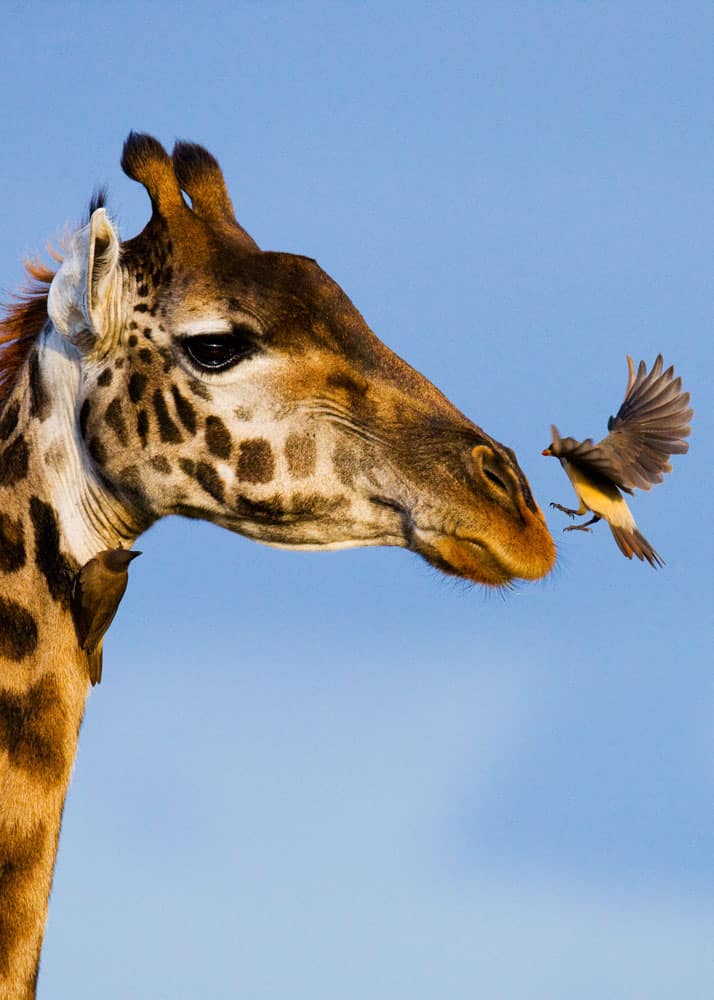
3. Do Giraffes Interbreed?
Yes, but not typically in the wild. Senckenberg scientists have confirmed that the four giraffe species practically never interbreed. Most of these different types will never meet in the wild.
While this is uncommon in the wild, giraffes have been known to hybridize in zoos.
4. Do Giraffe Species Live in the Same Area?
The four species and five subspecies live in distinct geographic areas of Africa. This contributes to the limited interbreeding in the wild.
5. Does Giraffe Taxonomy Really Matter?
Yes. A broad, umbrella classification of one species for 9 giraffe types is too broad to accurately represent the actual risks faced by each type.
With the IUCN classification of giraffes as one single species, they list giraffes as “endangered” as a group on the Red List. In their “Geographic Range” section, they do breakdown the types of giraffes (and their Red List category) according to what they classify as subspecies. But it would be more accurate if they updated their classification to the current giraffe taxonomy.
More specific classification means increased protection for vulnerable species and subspecies.
6. What are the Differences Between Giraffe Types?
In this chart by the GCF, you’ll see the key differences between the four giraffe species.
Image copyright belongs to giraffeconservation.org
Isn’t that chart interesting? Their patches are all unique and beautiful.
Did you know? Giraffes have the longest tail of all land animals? But other animals have a longer tail-to-body ratio.
Read more: What Do Giraffes Eat? and What sound does giraffe make?
Your Turn
Have a question about giraffe types and species? I would love to hear your thoughts below!

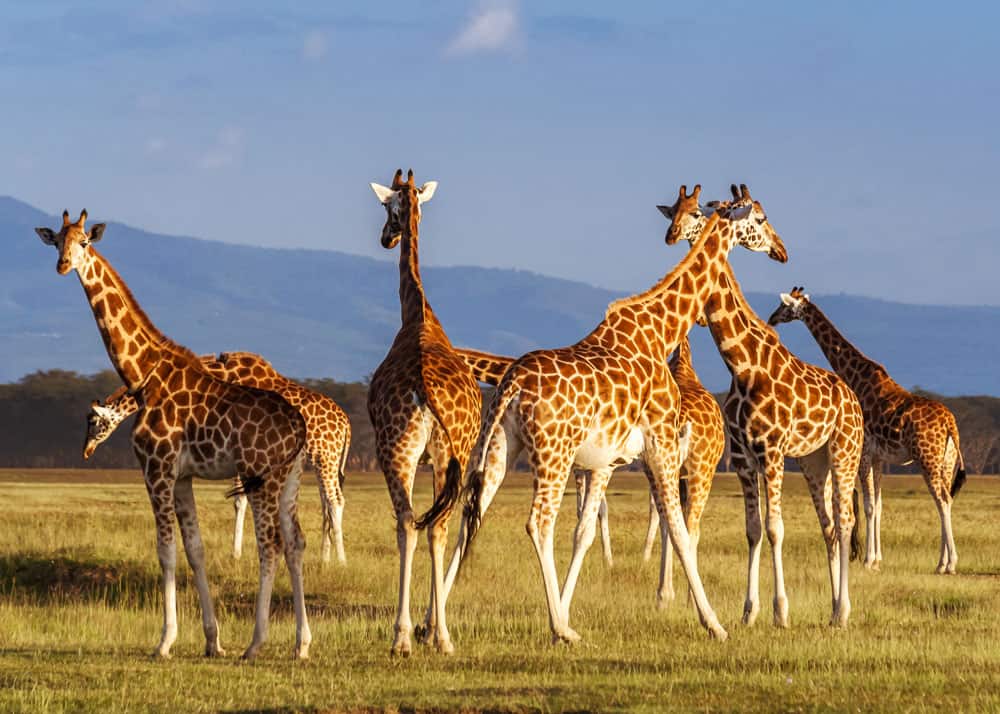
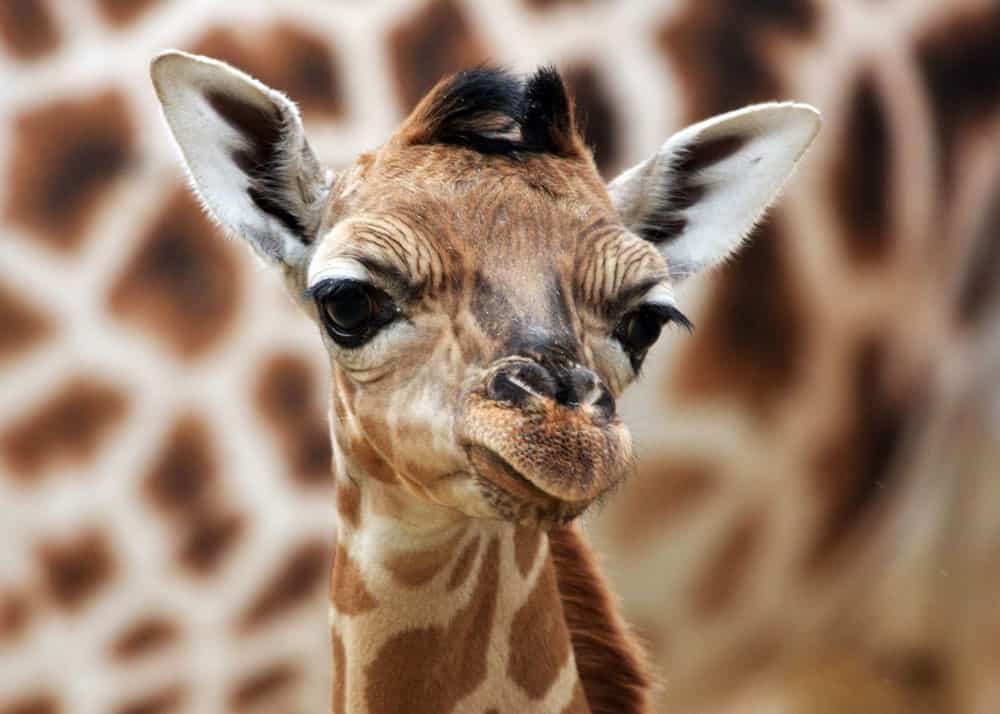
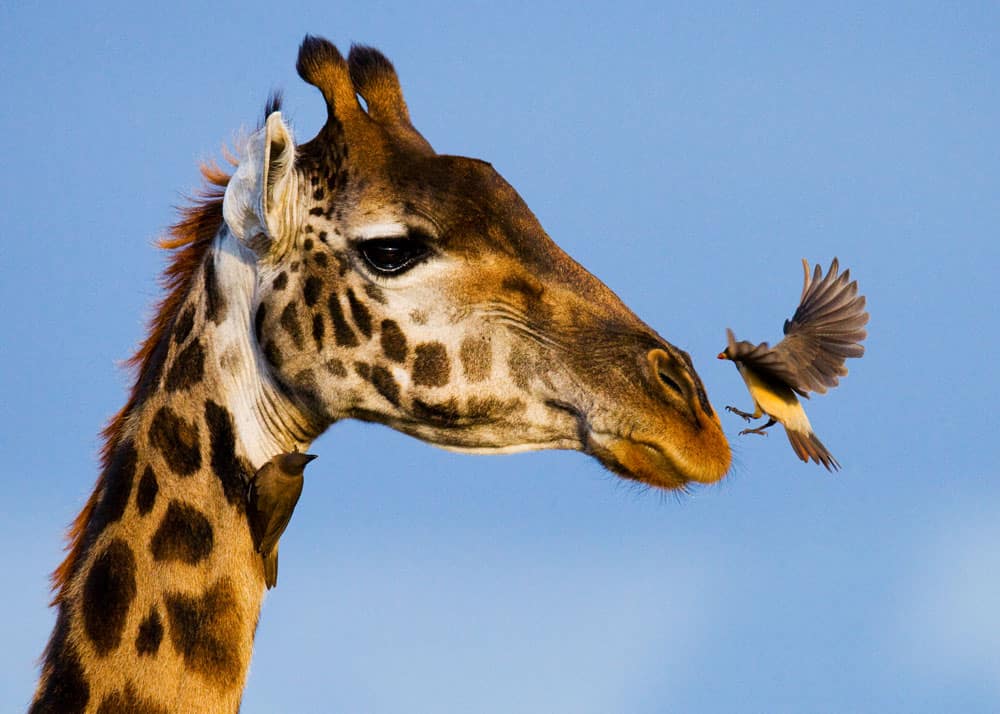
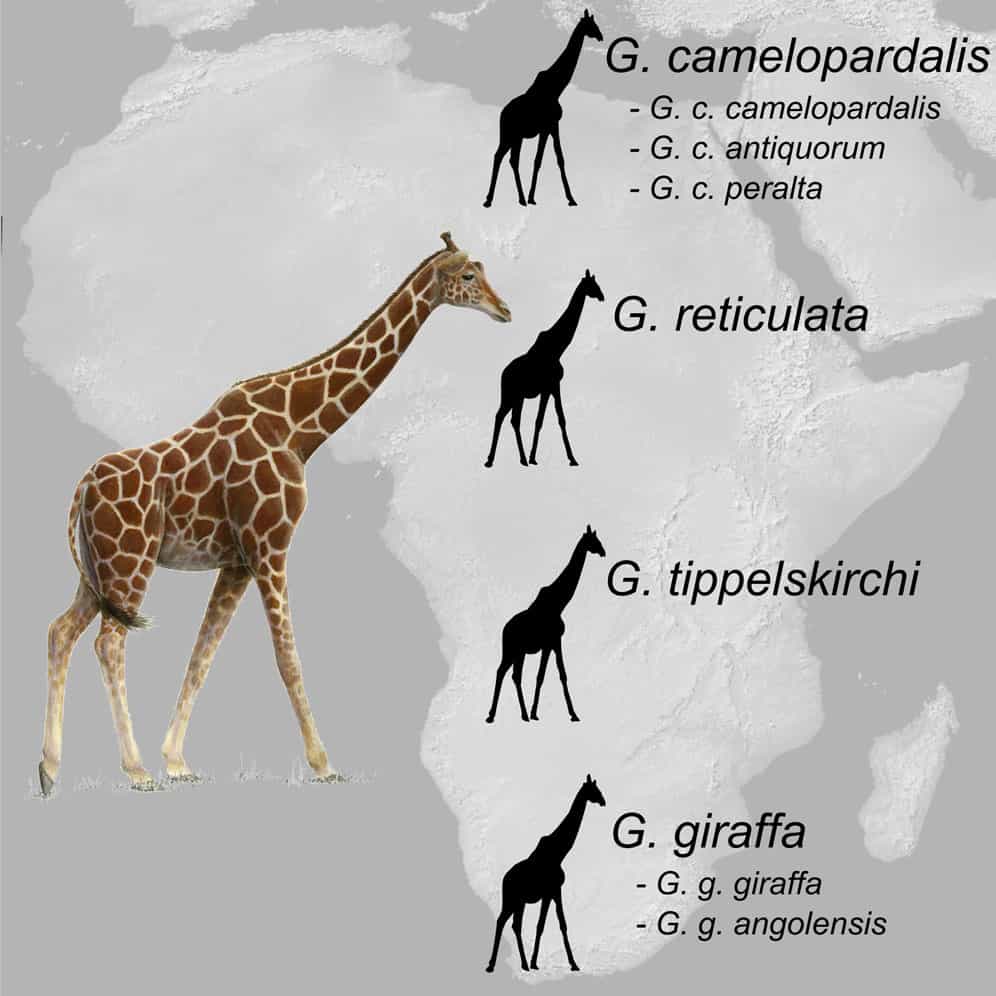
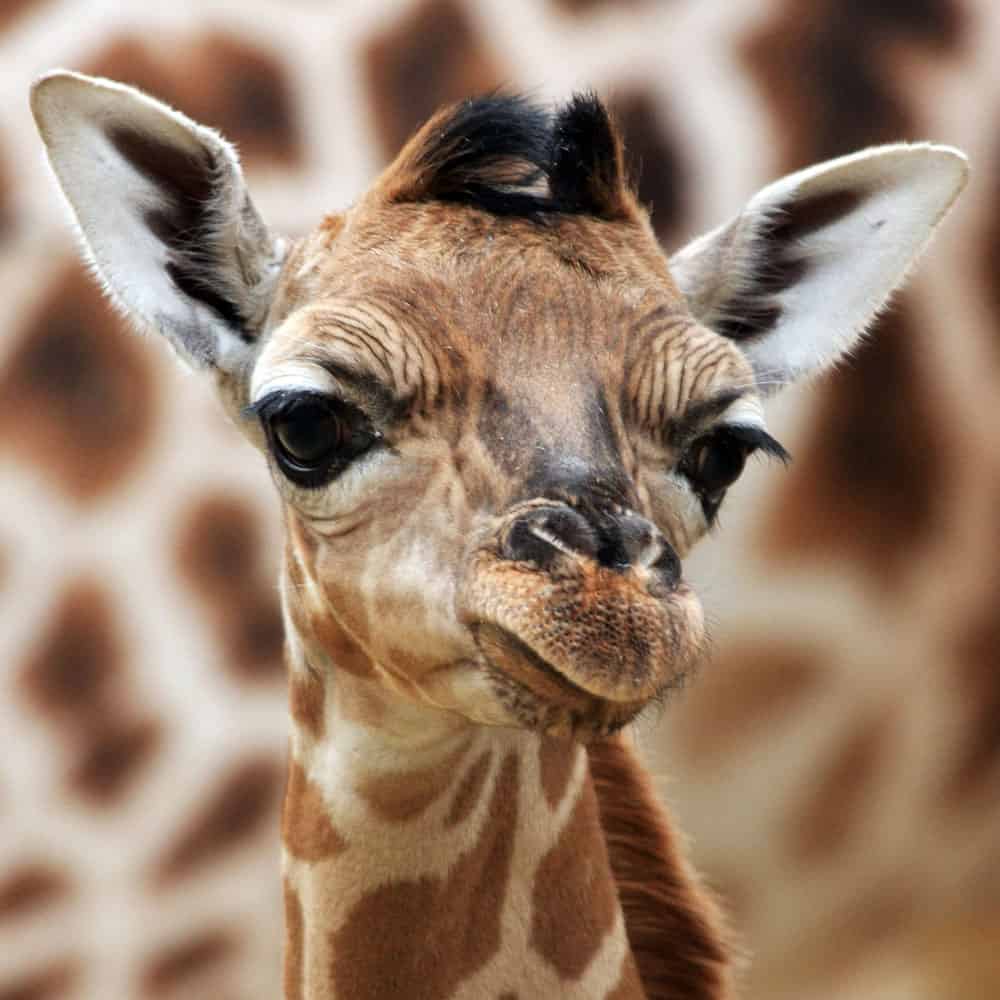
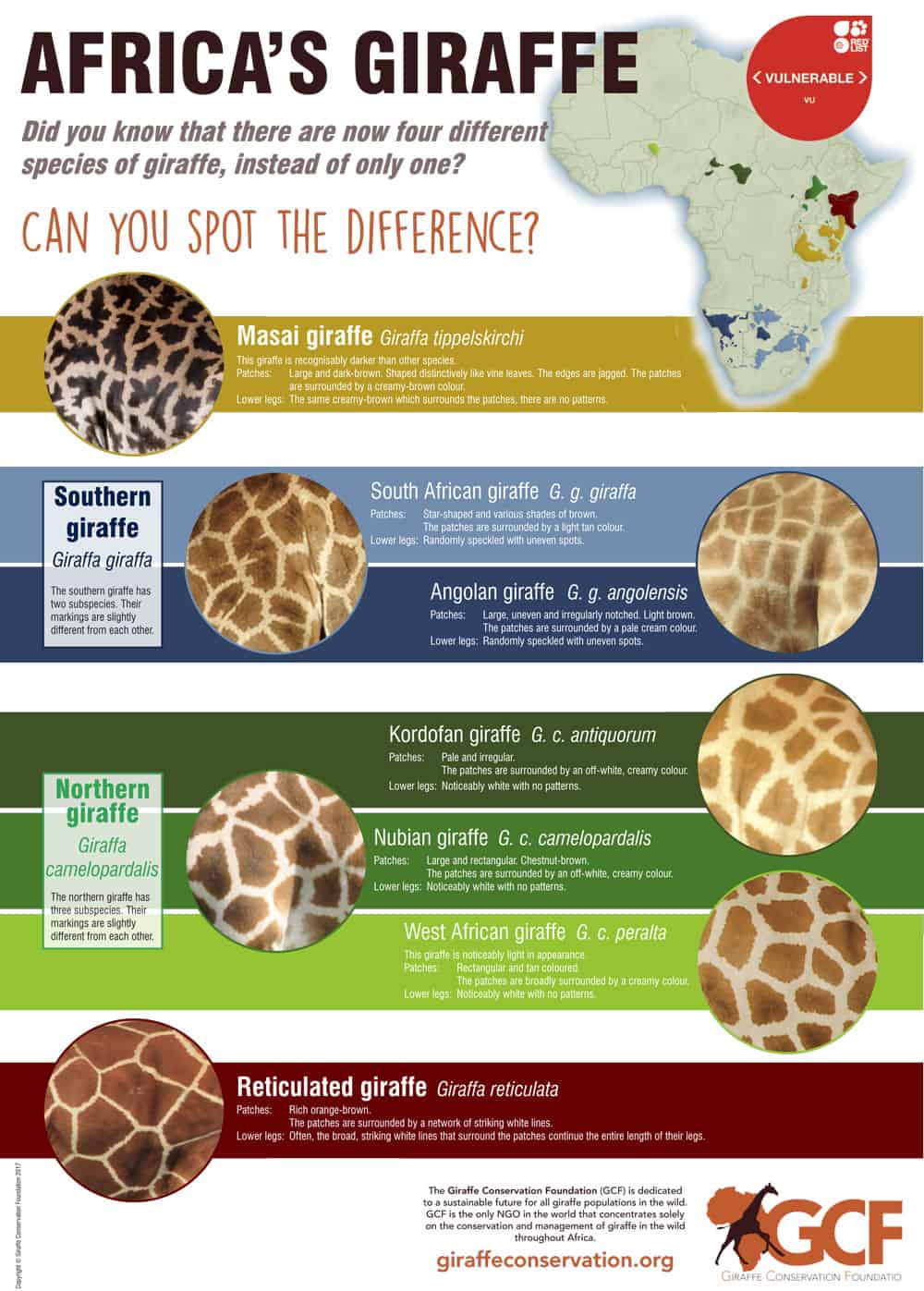
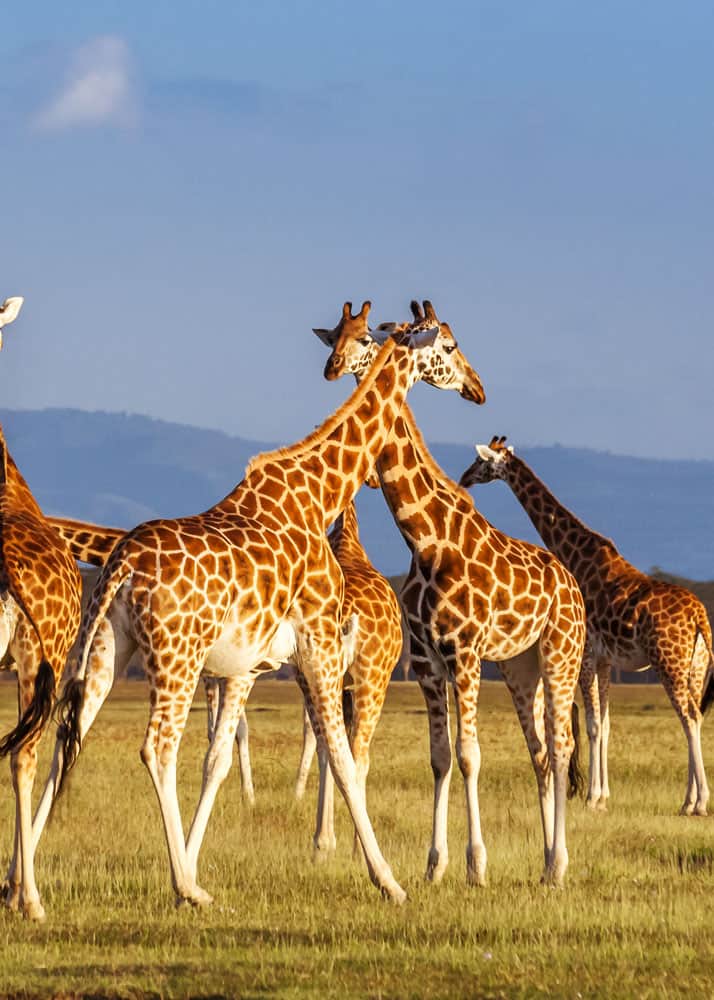





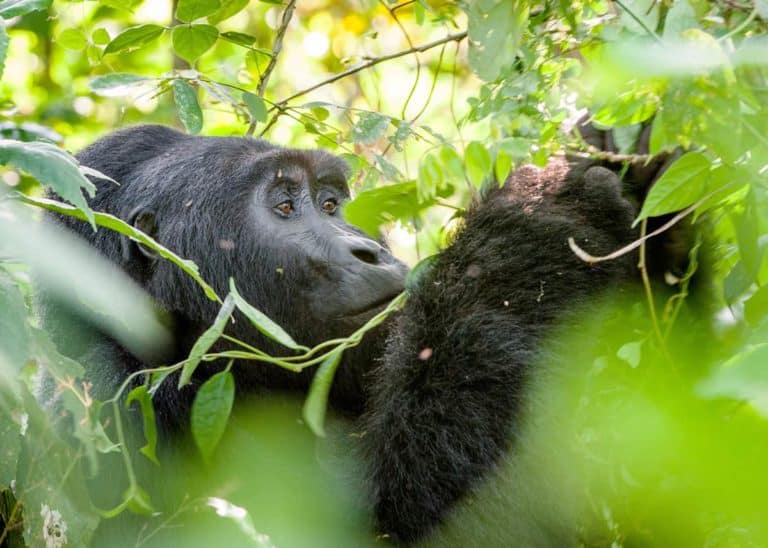
Ok, so assuming this new type of classification, that eliminates the Rothschild either as a species or subspecies? Could one also assume that the endangered status of that giraffe is discontinued? Because if it belongs in a larger group, then it cannot be that rare…
Thanks for this nice article, I really like giraffes and I hope to meet them one day. It is always a pleasure to learn about them.
I hope you get to meet them too! Thanks Emma.